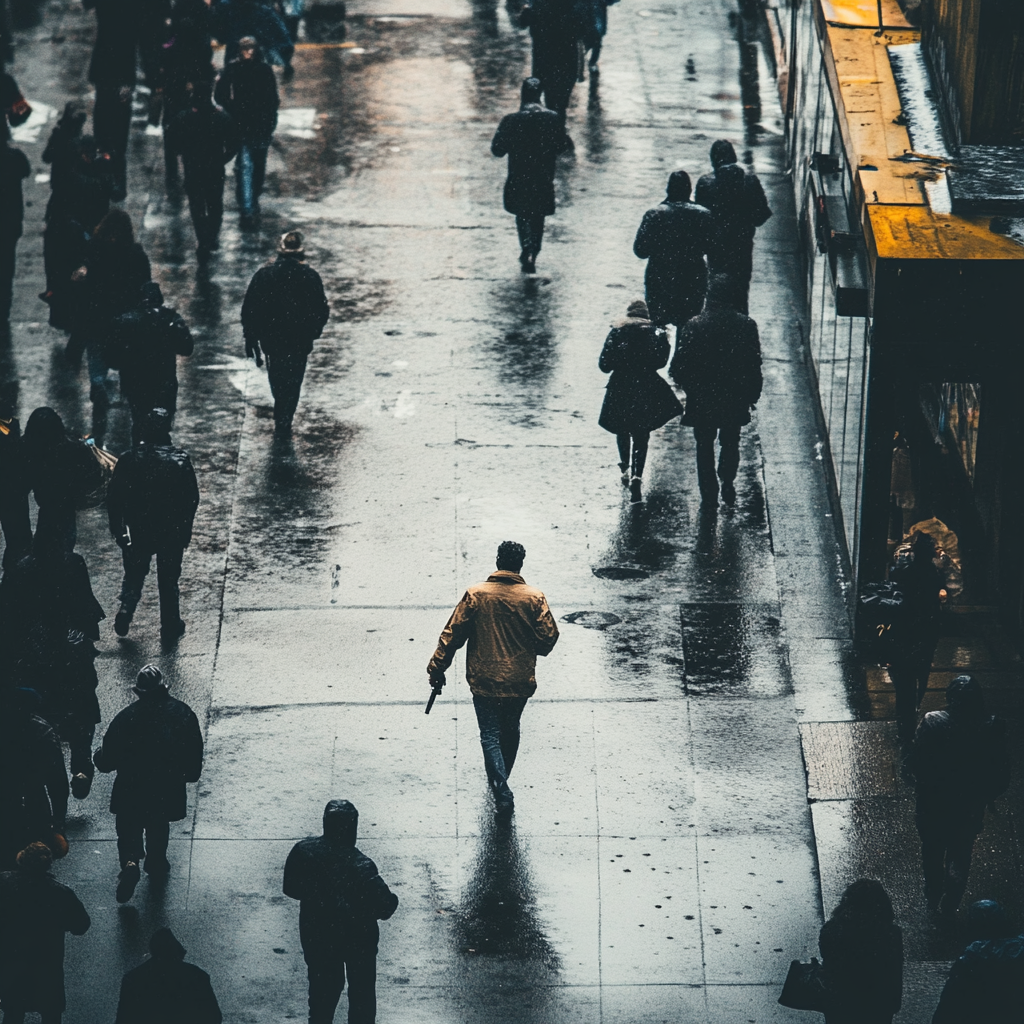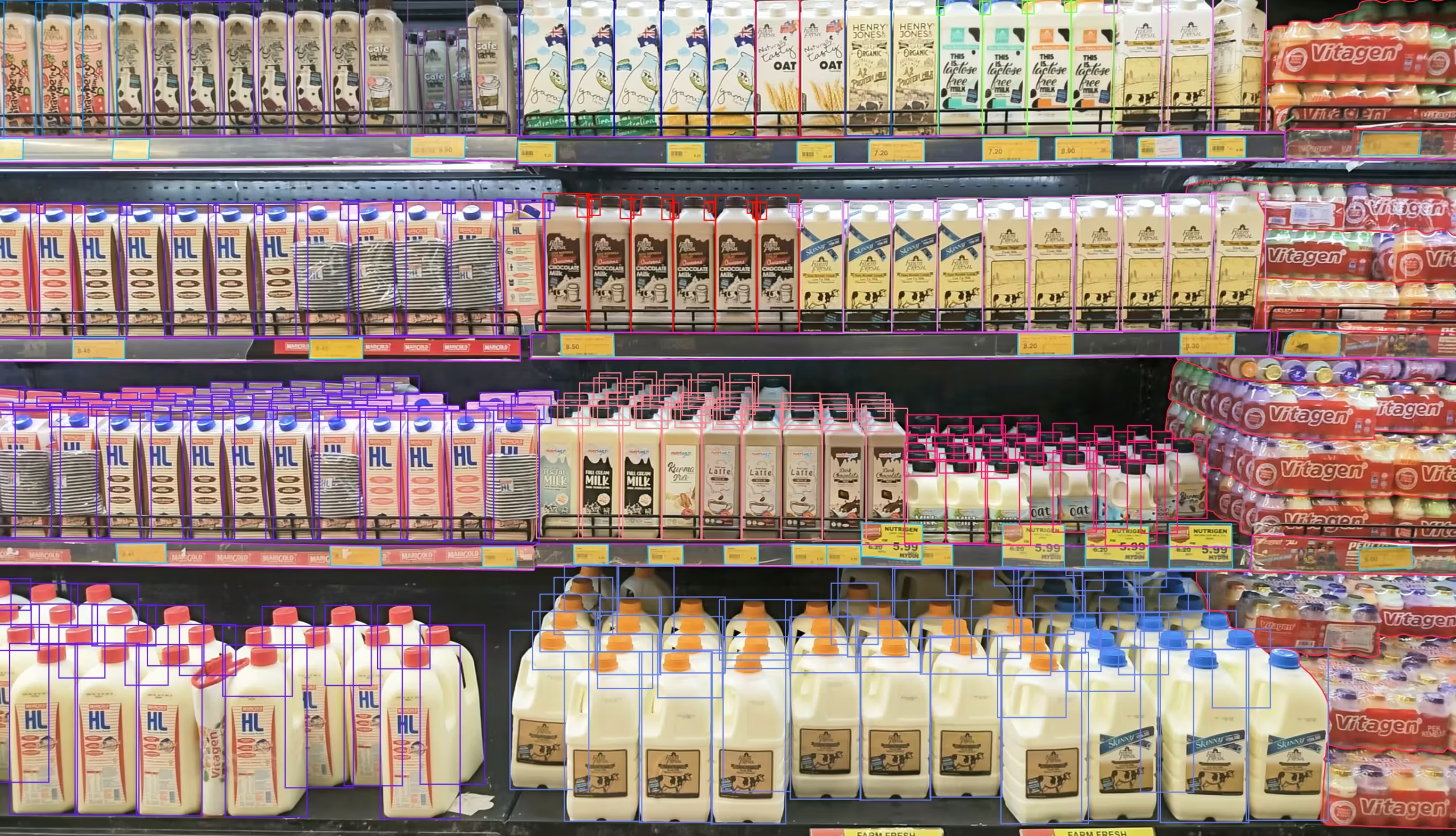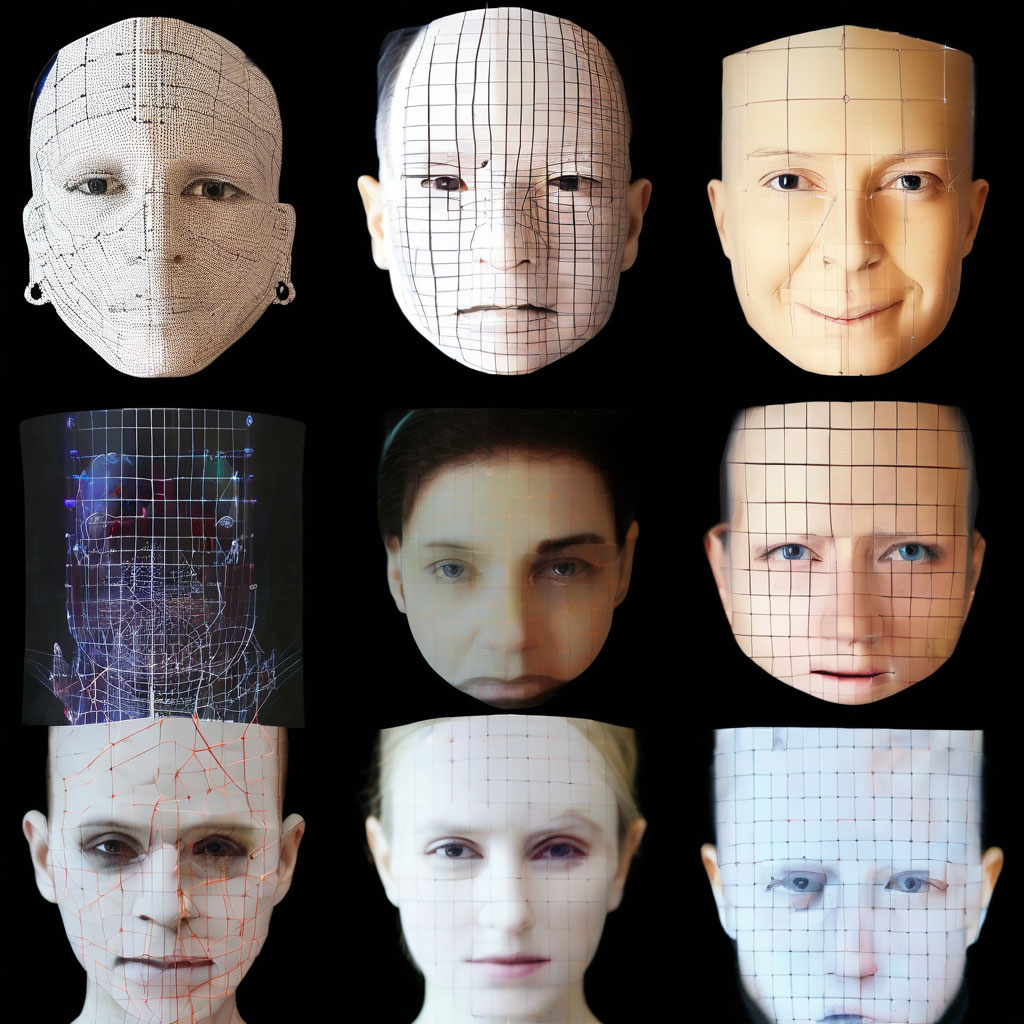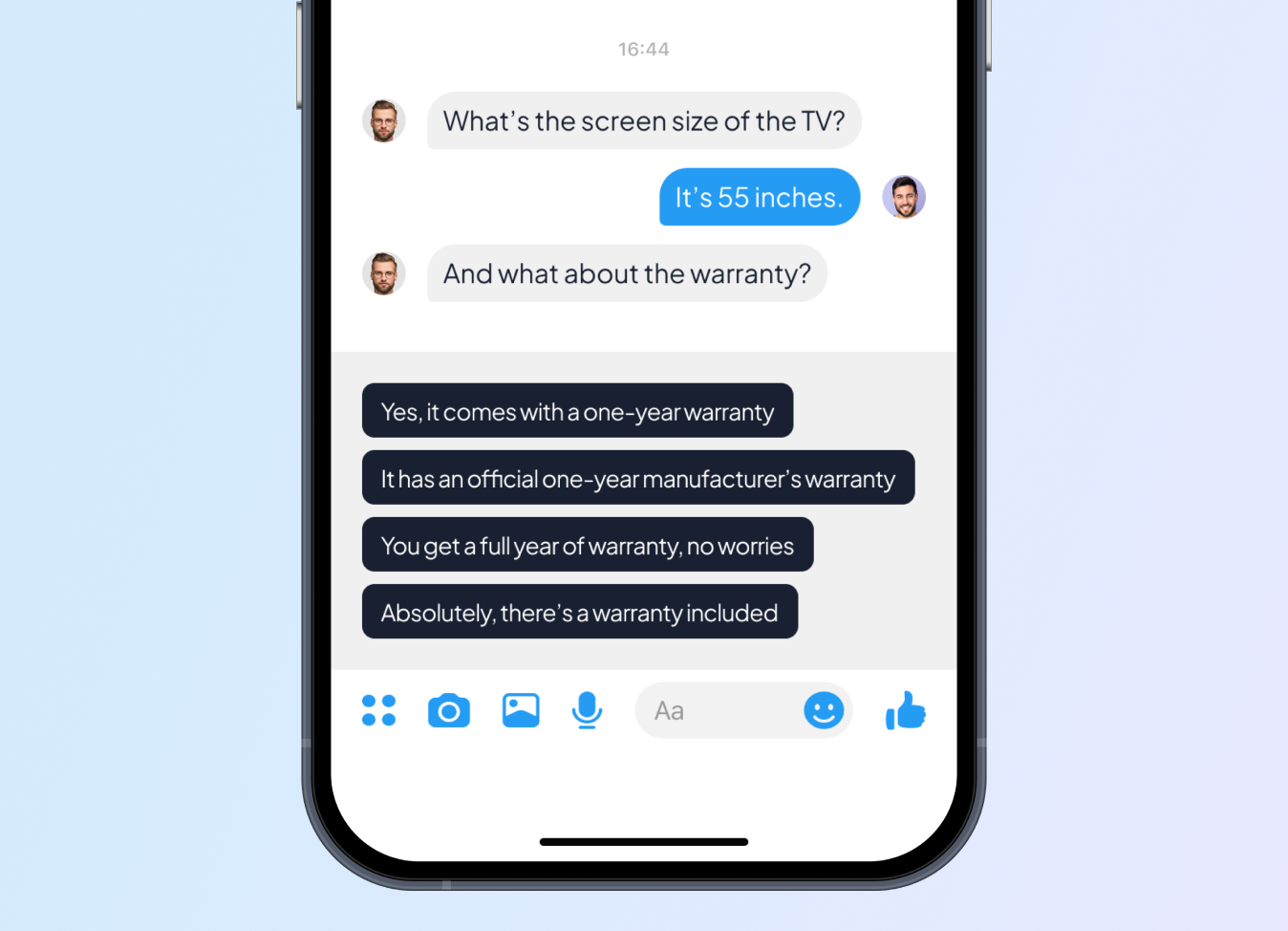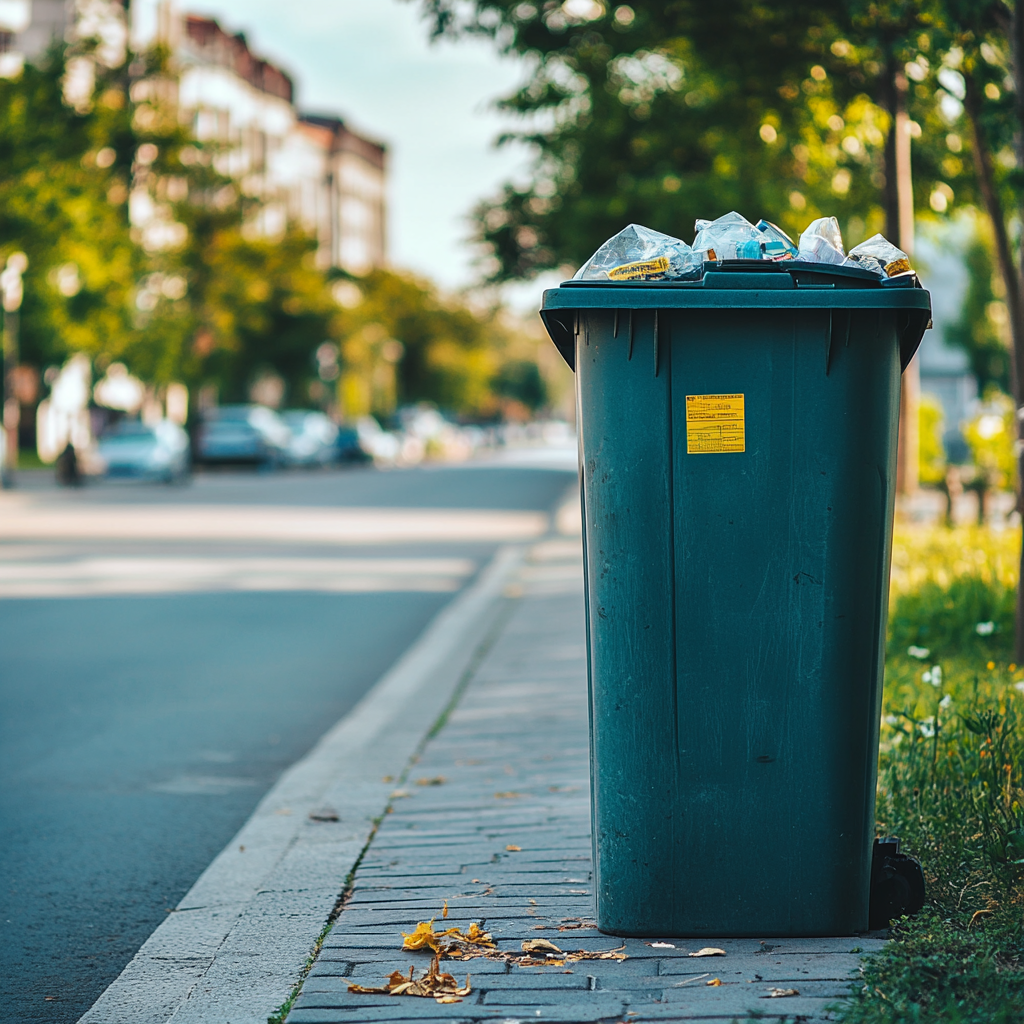The Challenge
Our client, a company specializing in video surveillance and video analysis, approached us with a request to develop a dataset for a weapon detection system designed to identify weapons carried by individuals on the streets of a large city. The system needed to work effectively in real-world urban environments, both outdoors and indoors.
However, the task presented several challenges:
- Lack of available datasets: There were no existing datasets with weapon images in such specific urban settings, which made it difficult to create the necessary training data.
- Insufficient data for model training: Parsing open-source video material didn’t provide enough footage to build a reliable model.
- Uncertainty about data collection: The client was unsure how to organize the process of collecting a diverse and high-quality dataset.
To solve these challenges, the client turned to us for help.
Our Solution:
We devised a detailed and scalable methodology for collecting and annotating data that ensured the creation of a high-quality dataset to train the client’s weapon detection system.
-
- 01
-
Data Collection Strategy
Utilizing Extras and Prop Weapons:
- To create realistic data, we coordinated several groups of extras, each equipped with prop weapons of various sizes and types, ranging from small pistols to larger models.
- These weapons were selected to closely resemble real firearms, ensuring the scenes captured were realistic and suitable for weapon detection.
Planning Routes for Extras:
- We mapped out specific routes for the extras to follow through key urban locations with existing surveillance cameras. The goal was to ensure frequent exposure to the camera frames while simulating real-world street conditions.
- The routes were strategically chosen to maximize the chances of capturing realistic weapon-carrying scenarios in common urban settings.
Variety of Scenes:
- Each extra was filmed in 10 different scenarios: 5 outdoors and 5 indoors. This variety created diverse situations, ranging from walking calmly to more dynamic actions, such as turning corners or entering buildings, offering a wide range of footage for training the model.
-
- 02
-
Video Collection and Processing
Filming and Gathering Data:
- The videos were collected from both existing surveillance cameras and newly installed cameras designed to capture specific angles and movements.
- We ensured that the footage was filmed under different lighting conditions and varied weather, contributing to the diversity of the dataset.
Real-World Conditions:
- Filming was done in both daytime and nighttime settings, allowing the model to account for different environmental factors and lighting conditions that could impact weapon detection accuracy.
-
- 03
-
Video Annotation and Bounding Box Detection
Manual Annotation:
- After collecting the footage, the video was passed on to our team of skilled annotators, who meticulously labeled the weapons in each frame with bounding boxes. We ensured that this process was detailed and precise, with uniformity across all data points.
Quality Control:
- Every annotated frame underwent a two-step verification process to guarantee the accuracy and consistency of the labels. This system minimized the risk of errors, ensuring that the final dataset was of the highest quality.
-
- 04
-
Delivery and Support
Dataset Delivery:
- Upon completion of the annotation and verification process, we delivered the client a fully annotated dataset, with accurate bounding boxes on each frame. This dataset was ready for use in training the client’s weapon detection model.
Results:
With 99% weapon detection accuracy, the client enhanced the efficiency and reliability of their video surveillance operations.
Efficient and on-schedule delivery: the complete data collection and annotation process was finalized within 28 days, aligning with the client’s demanding timeline.
Documentation and future support: We thoroughly documented the entire process, enabling the client to replicate similar projects in the future with ease.
